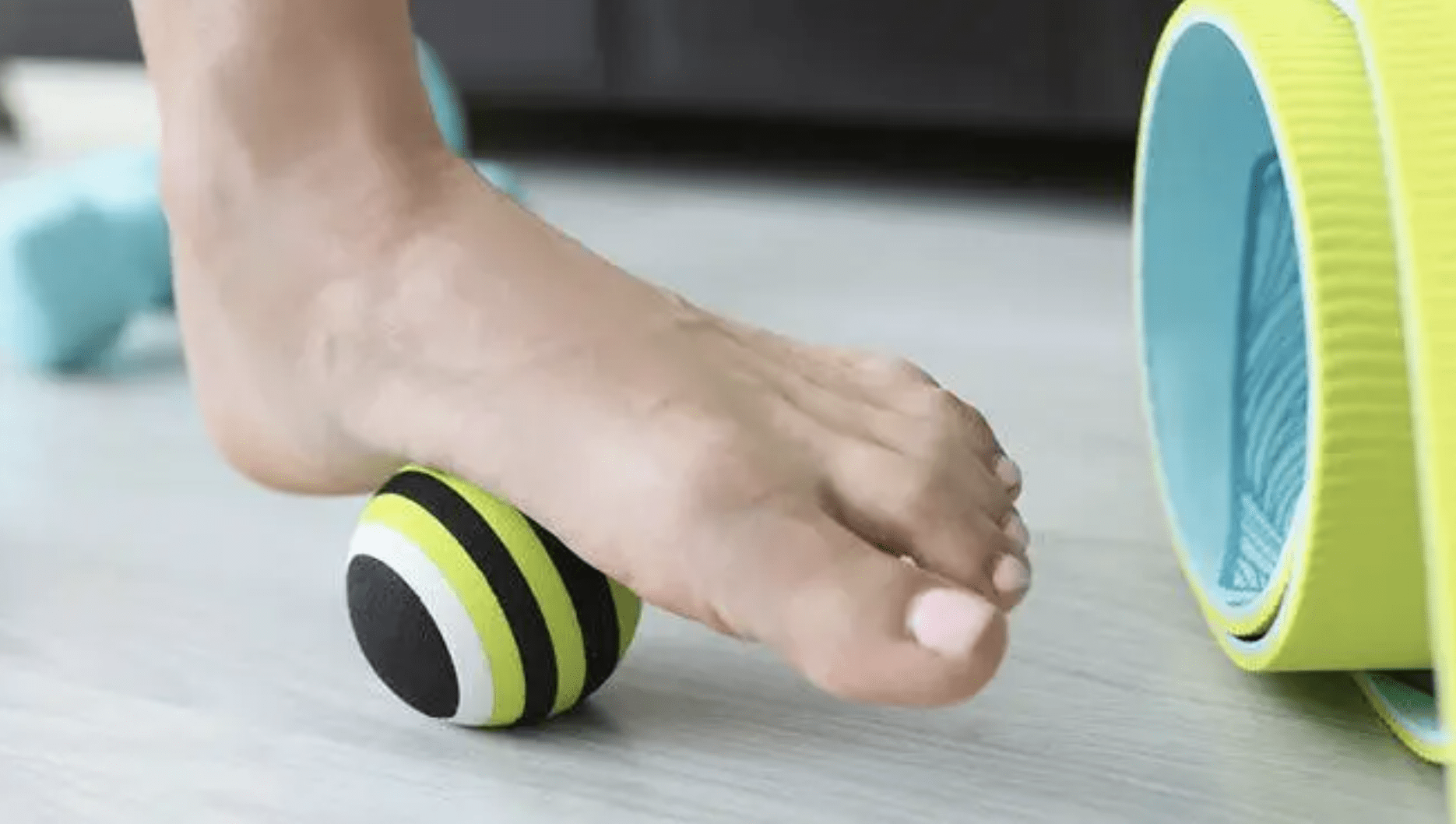Plantar fasciitis (PLAN-tur fas-e-I-tis) is one of the most common causes of heel pain. It involves inflammation of a thick band of tissue that runs across the bottom of each foot and connects the heel bone to the toes (plantar fascia).
Plantar fasciitis commonly causes stabbing pain that usually occurs with your first steps in the morning. As you get up and move, the pain normally decreases, but it might return after long periods of standing or when you stand up after sitting.
The cause of plantar fasciitis is poorly understood. It is more common in runners and in people who are overweight.
Most runners will run into a case of plantar fasciitis occasionally, and this heel pain can range from slightly uncomfortable to utterly debilitating.
“Plantar fasciitis can affect anyone,” says Stephanie Kvas, D.P.M., a Mayo Clinic Health System podiatrist. “However, it’s most common in middle-aged, active adults. Other risk factors include obesity, occupations that require you to be on your feet all day and flat feet or high arches.”
The primary signs of plantar fasciitis include excruciating heel pain when you take your first steps in the morning, recurring pain when standing up from a seated position and pain associated with standing for a long time.
The great news about plantar fasciitis is that it’s highly treatable. Early detection makes the condition more manageable and prevents further complications. If left untreated, plantar fasciitis can lead to various problems caused by compensating for the discomfort, including knee, hip and back pain.
Nonsurgical treatment often has satisfactory results and includes:
Rest
Pain is the body’s way of warning you something is wrong. Listen to your body and avoid activities that make the pain worse, such as running, hiking or dancing.
Stretching
Your podiatrist will give you a list of stretches that reduce tension on the plantar fascia and help with healing. Tight calf muscles often play a role in heel pain.
Ice
Place ice on the heel for 20 minutes, three to four times a day. Ice therapy is a wonderful way to decrease inflammation and manage pain.
Medication
Pain relievers, such as ibuprofen and naproxen, can help decrease inflammation and speed healing.
Night splint
These sock-like wraps with built-in supports help stretch the plantar fascia while you’re sleeping or resting. A splint can help alleviate pain experienced with those first few steps in the morning.
Orthotics and shoes
Adequate arch support is essential when treating plantar fasciitis. Discuss with your podiatrist whether over-the-counter or custom orthotic inserts are right for you. In addition, avoid going barefoot and choose supportive, hard-soled shoes, such as sneakers.
Surgical treatment isn’t recommended often and is reserved for those not responding to conservative treatment. To prevent recurrence of plantar fasciitis, stretch properly before exercising and wear supportive shoes if you’ll be on your feet for a long time.
###
About Mayo Clinic Health System – Mayo Clinic Health System has a physical presence in 44 communities and consists of 53 clinics, 16 hospitals and other facilities that serve the health care needs of people in Iowa, Minnesota and Wisconsin. The community-based providers, paired with the resources and expertise of Mayo Clinic, enable patients in the region to receive the highest-quality physical and virtual health care close to home.



